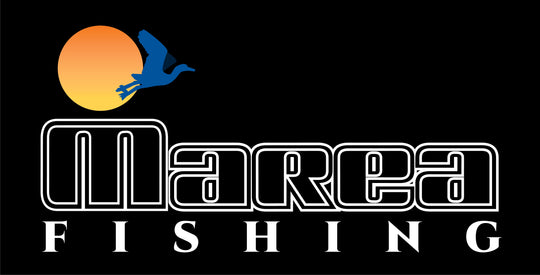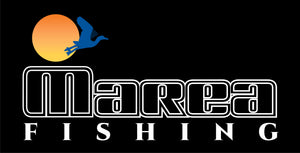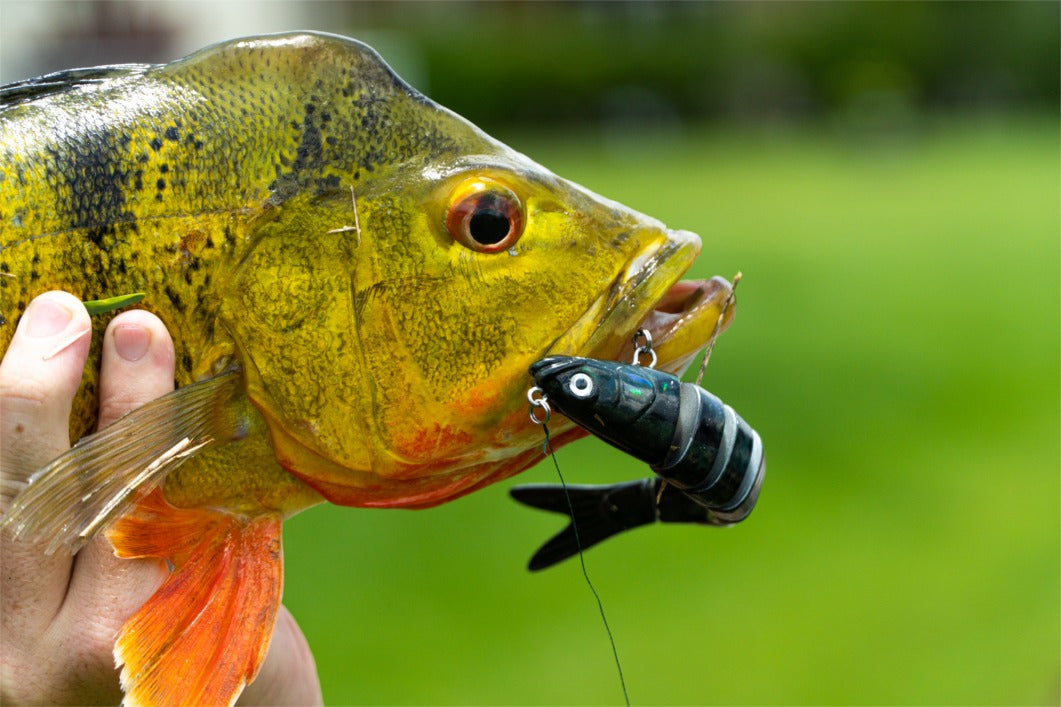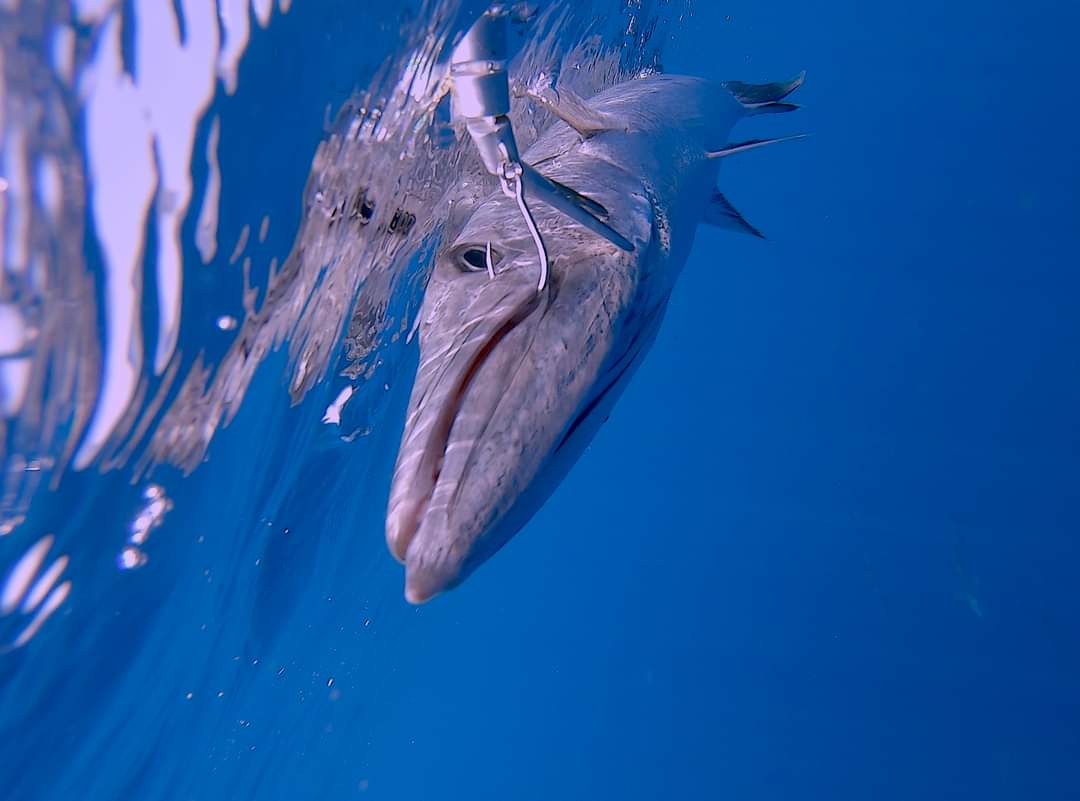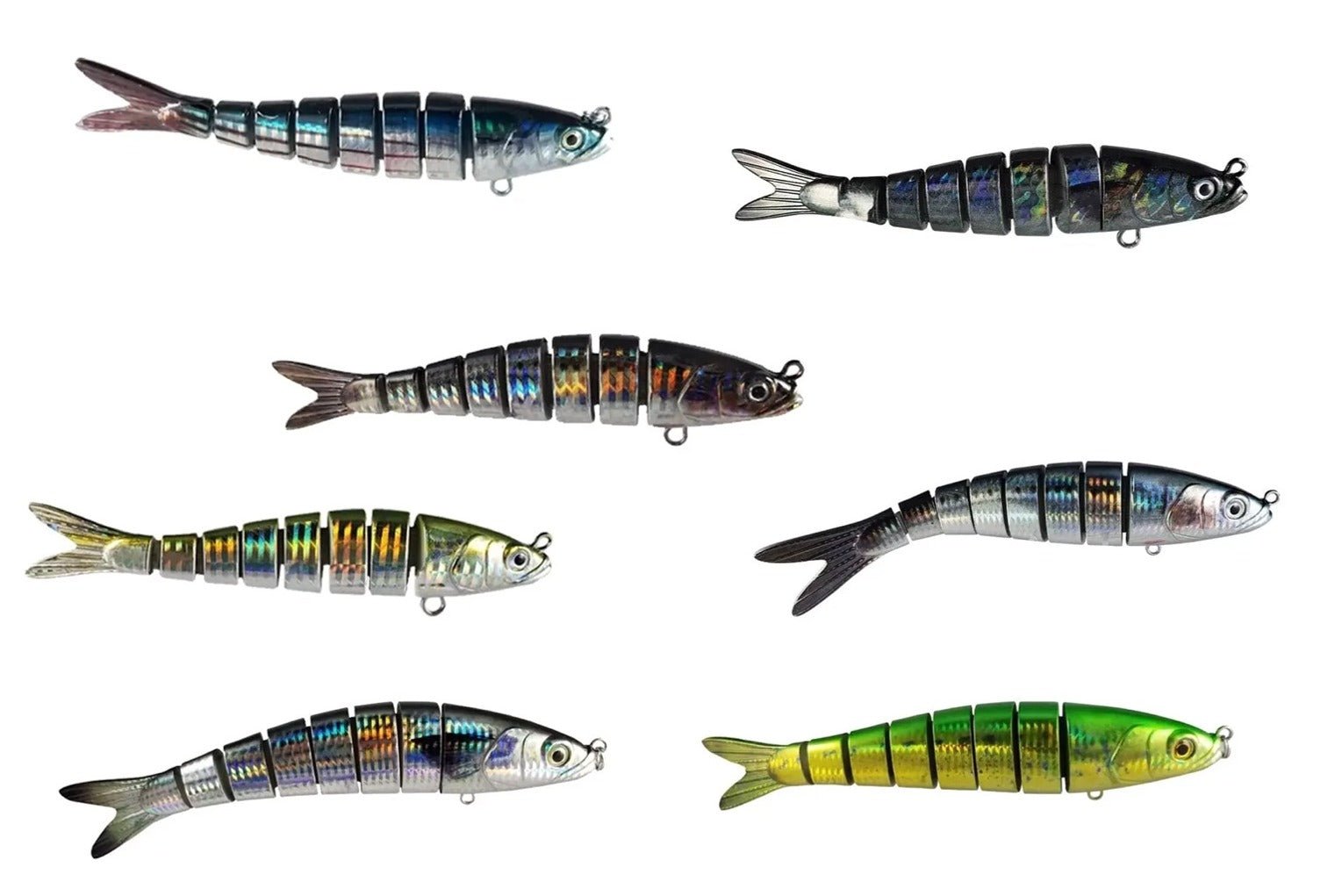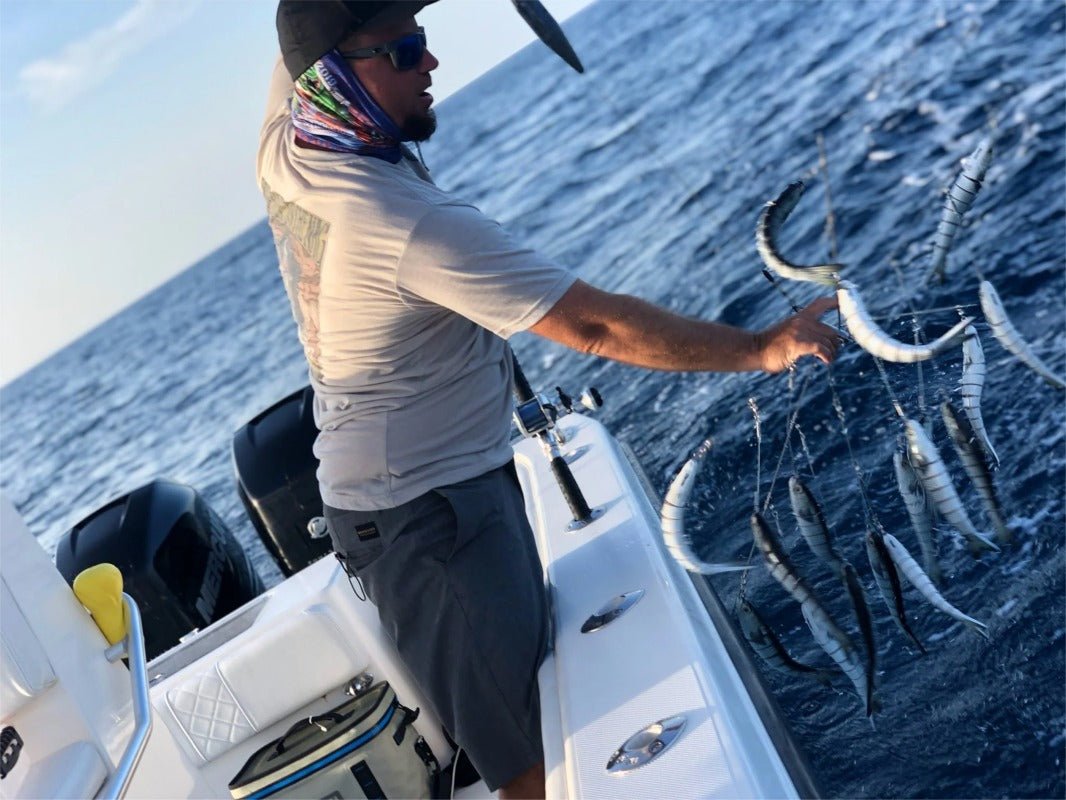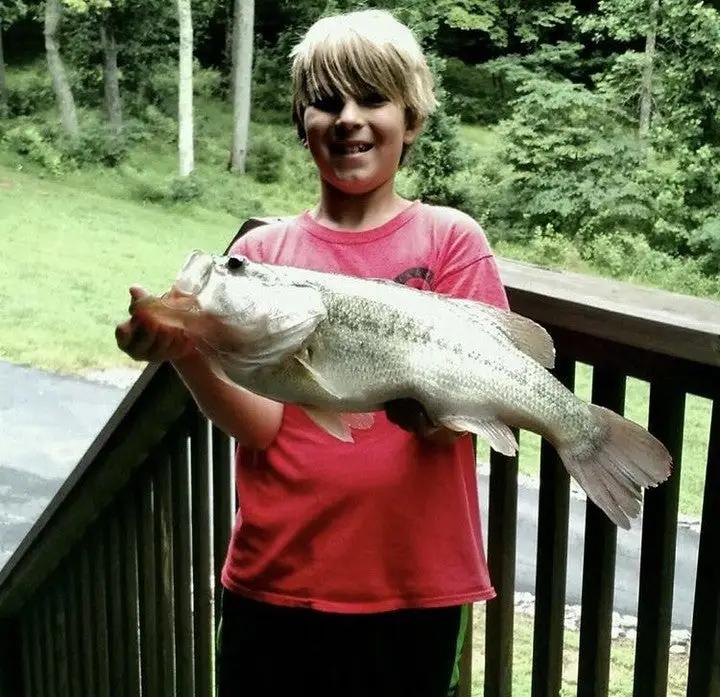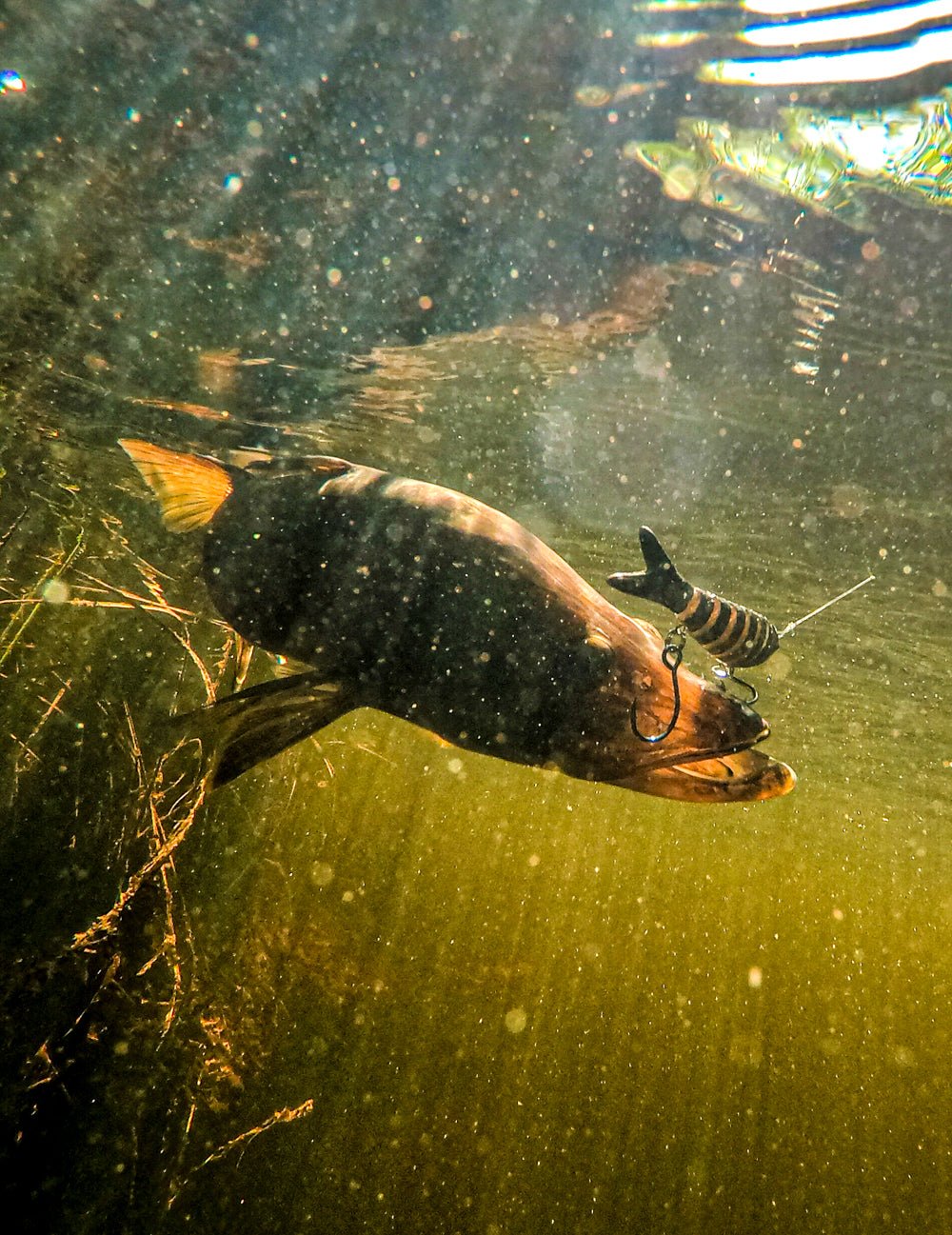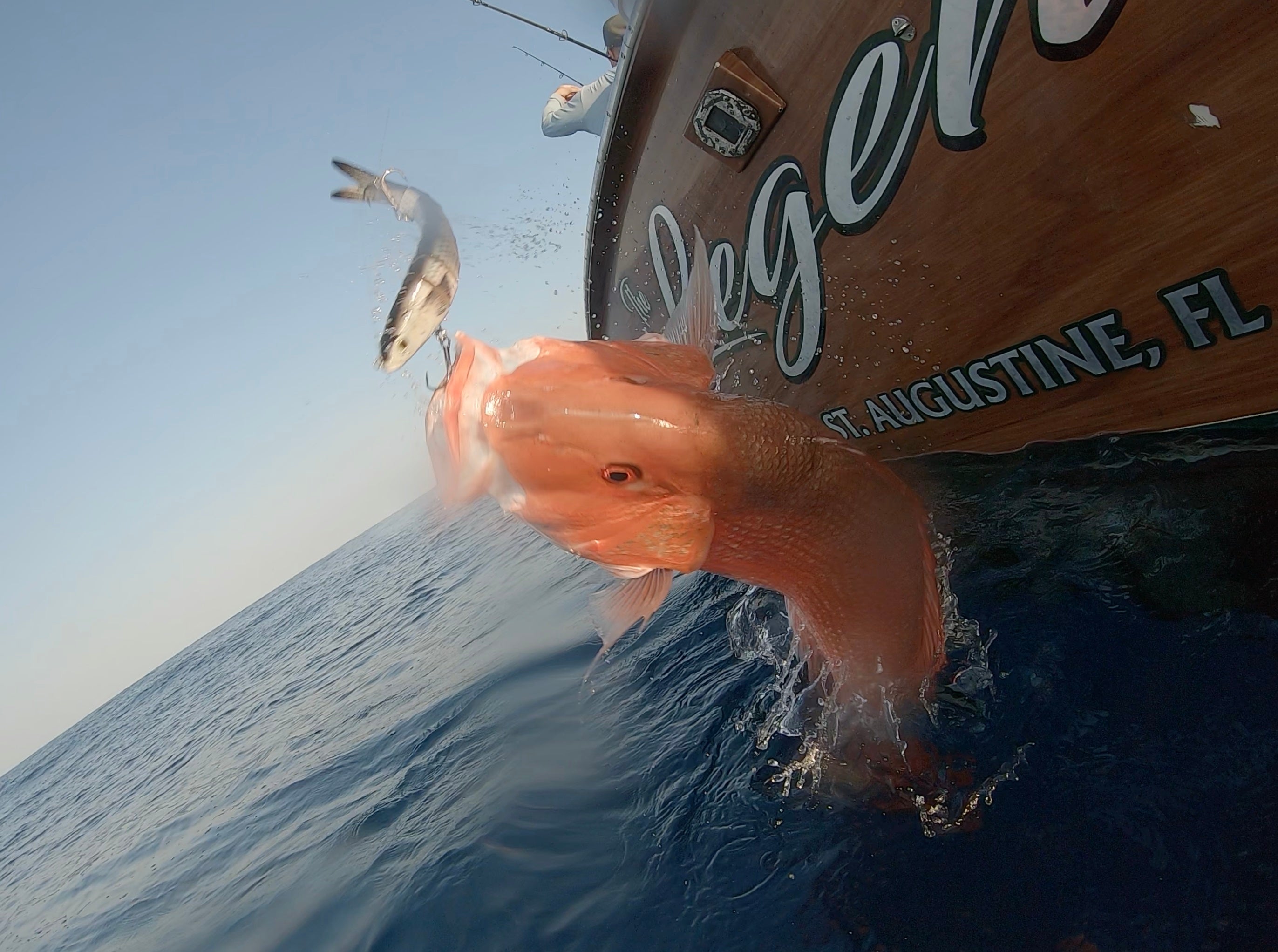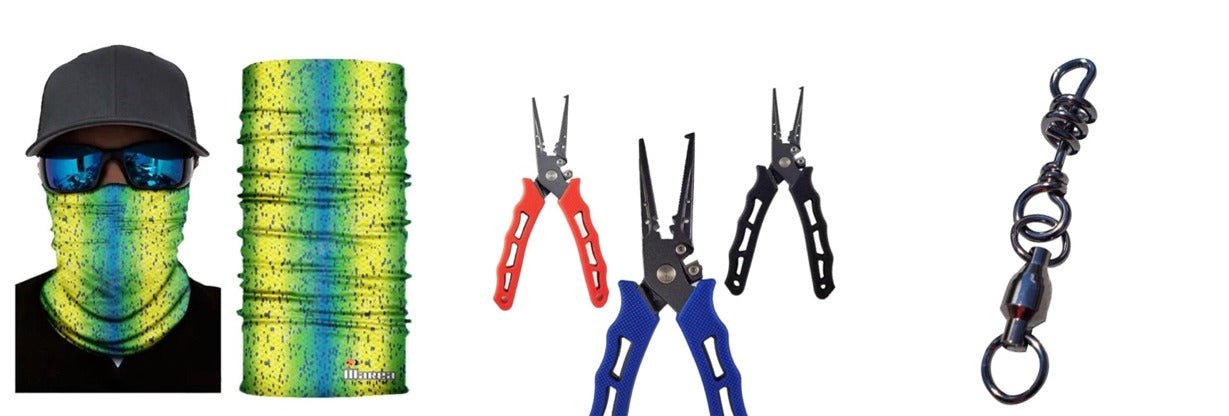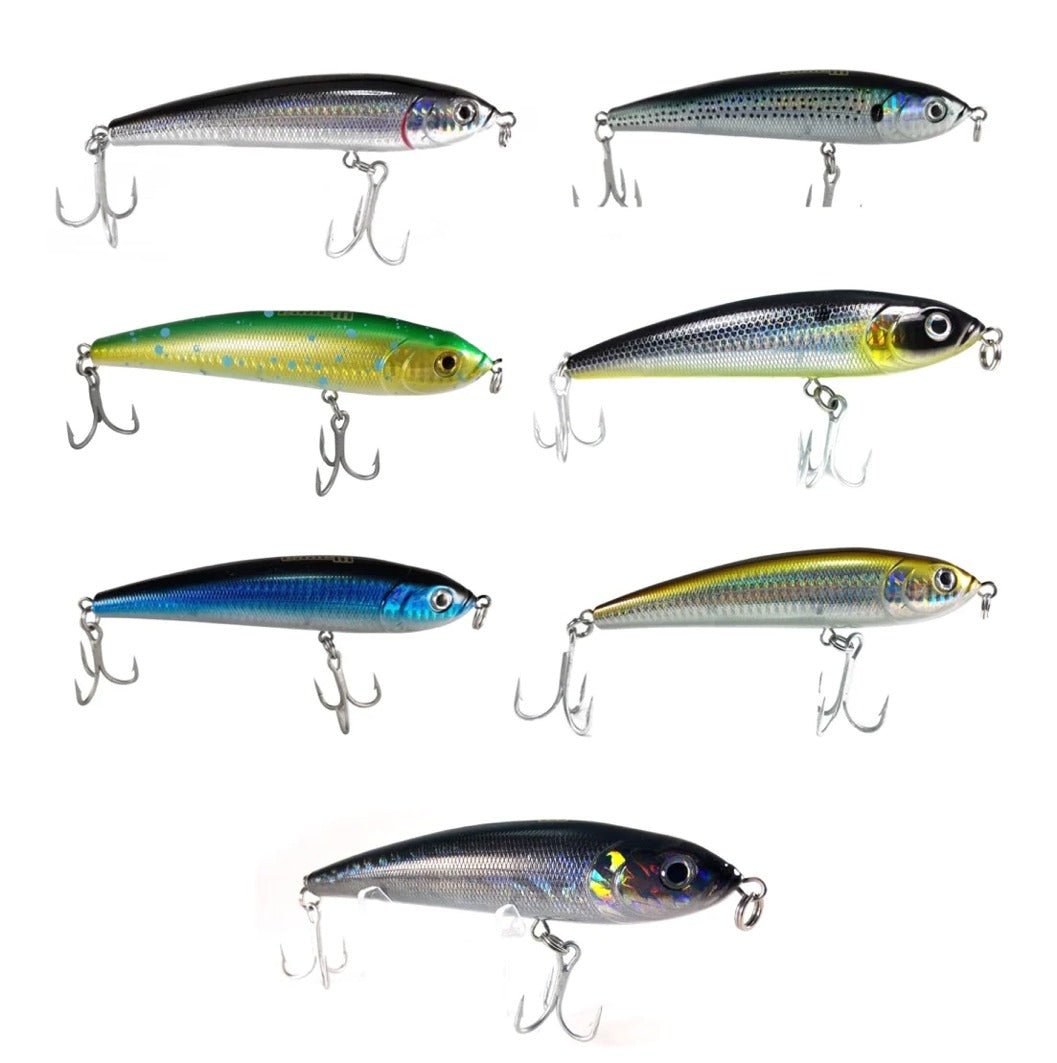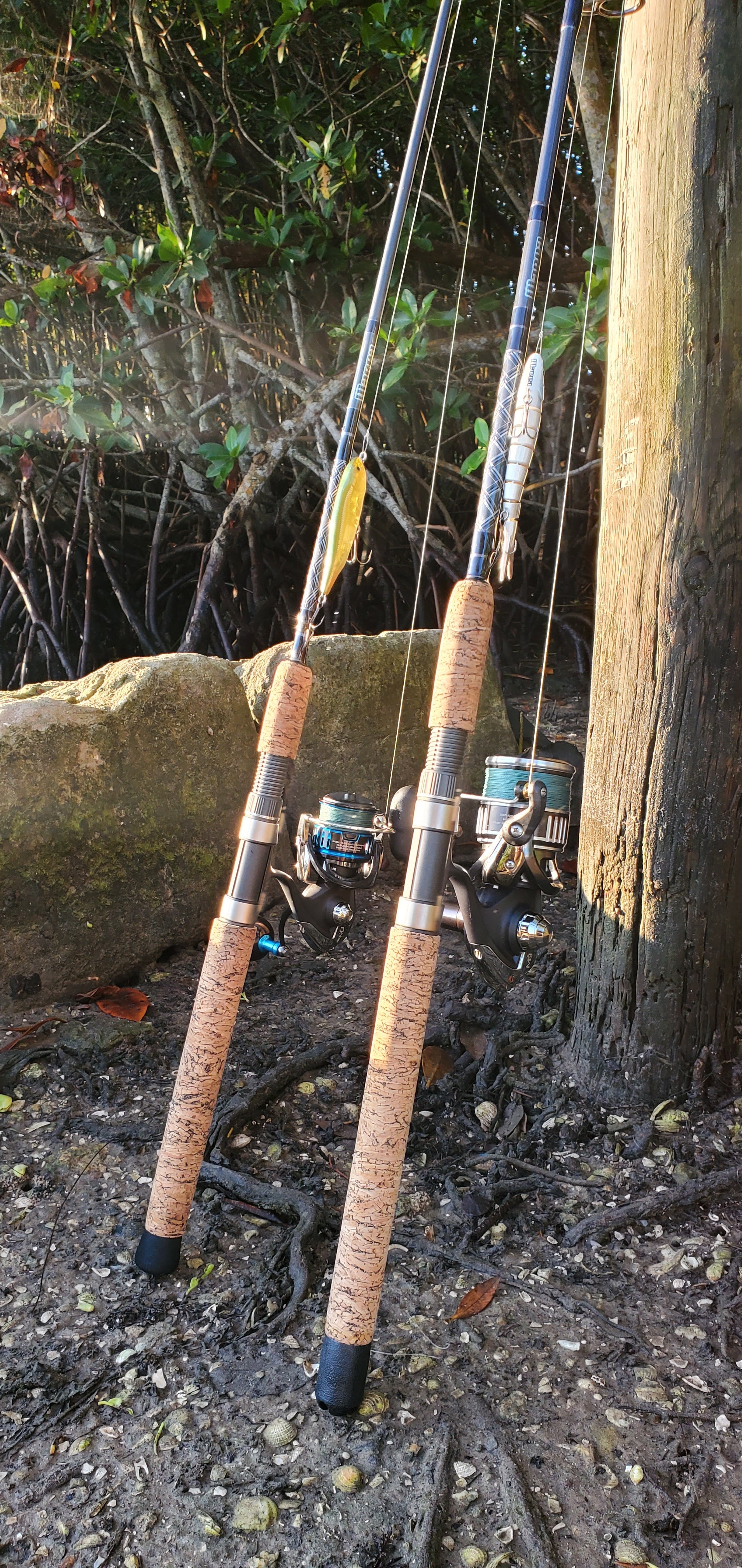Fishing on Florida's Patch Reefs
Summertime in South Florida brings heavy humidity & rising water temperatures for ideal snapper fishing in local coastal waters. I have been fortunate to call South Florida home for most of my life and am blessed to be surrounded by the beautiful waters of the Atlantic Ocean. The thriving eco-system of Biscayne Bay provides volumes of excellent habitat to many hard fighting bottom dwellers and the abundance of snack-size forage doesn’t hurt your odds of connecting with something for dinner table either.

Prized mutton snapper push up into the shallow patch reefs in preparation for their summer spawn and are more than willing to load up on a few additional meals when/if the opportunity arises. Native to the coastal waters of the Atlantic, mutton snapper can be found ranging from as far north as Massachusetts and all the way down to the southern waters of Brazil. Most abundant in the deeper levels of the water column stretching from 70-180ft, the months of June, July, and August provide coastal anglers a small, but prime window to key in on this snapper species. A variety of other snappers including mangrove, yellow tail, and even the lucky lane can end up on your business end if the stars and currents align in your favor.
Baitfish Behavior
By May, bait migrations are in full swing and massive schools of baitfish referred throughout the South Florida angling community as Pilchards (aka- Harengula jaguana) can be seen along beaches, piers, and inlets. The average size of this baitfish usually doesn’t measure more than 6”, giving them one of the top spots on many bottom species menu. A primary forage fish along Florida's east coast and member of the herring family, pilchards are plentiful from the mid-Atlantic coast ranging from Key West, throughout the Gulf and pushing as far south as South America.
Rigging
Focus your efforts around the full moon lunar cycles which usually reveal stronger current and more moving water, 2 things that any snapper species craves. By simply adjusting the rigging approach adjusting the correct size & weight of your artificial offering will be the difference between getting bit or simply snapper fishing on credit. Boat position, current/tide speed & direction, sinking rate of the lure are all factors that must be considered in order to increase your hook up ratio when snapper fishing. If you have a strong tide and the water flow is steady, you may have to adjust and tie on heavier weighted twitch bait or buck tail jig tip with shrimp or a bonito strip. Sometimes tying on a 1 oz egg sinker 4 feet above the lure, just above your swivel is exactly what the snapper doctor ordered. This quick modification can give you the proper presentation, placing the bait for a longer duration in the strike zone. Hopefully this isn’t the case and the chum line will have the fish lit up, providing everyone on board with an awesome visual feeding spectacle at the surface.
Prior to any dedicated bottom fishing trip, be sure to have 4-6 blocks of Menhaden chum on to fire up the bottom feeding frenzy. 2 bags of oats, per 4 chum blocks are also mixed into this fish & oil oozing recipe. Over many years of bottom fishing, I have fine-tuned this combination of the two fish feeding starters that seem to really ignite a mangrove and yellow tail’s appetite.
After deploying your anchor & holding tight near the edge of a promising piece of solid bottom and snapper fishing on patch reefs, place a frozen chum block in the chum bag and let the thawing process begin. It usually takes a good 15-20 minutes to get the flow going. Then mix in the oats thoroughly & simply start casting.
Picture the ideal scenario with the chum slick flowing, baitfish such as sardines, ballyhoo, and speedos will invade a slick. This presents the perfect opportunity for a well implemented bait and switch tactic, capitalizing on the chance to launch your sinking artificial to the back of the pack. While snapper fishing on patch reefs, the larger fish will always tend to hang back in the slick. Experienced fish wait patiently for an easy meal, such as a misguided baitfish straying from the school. Quality bottom dwellers didn’t grow to be large by being foolish, hence the experience and targeted efforts to pick off the unlucky.
Lure Selection
Casting twitch baits such as the Motion Minnow by Marea Fishing or the X-Rap twitching mullet series by Rapala can be deadly effective under the right circumstances. Don’t underestimate the power of an artificial shrimp and be sure to have a few, such as Live Target’s shrimp soft plastic series. When presented properly, there aren’t many fish in the ocean that will pass up a frisky crustacean.
Lure Color & Native Baitfish Patterns
When it comes to color selection, natural baitfish simulations have always worked best, especially with cleaner water conditions. When snapper fishing on patch reefs, mutton snapper in particular can be finicky under certain circumstances so don’t be afraid to stick to hues that look most similar to what mother nature created. Black back with white belly, blue back with white belly, and green back with white belly have been excellent color combinations for enticing quality demersal species.
Either spinning or conventional tackle will work to battle with any bottom bruiser; however spinning reels have the advantage which launching ¼- ½ oz artificial offerings. A 7ft , 8-17lb good quality spinning rod such as the Sequence series from Star rods or St. Croix’s Avid series will have enough backbone and provide the crisp sensitivity giving your artificial sufficient natural swagger to entice even the largest fish. For light tackle snapper fishing pair it up with a good quality 3000-5000 size spinning reel, such as Daiwa’s BG's series or Penn’s Spinfisher VI series. Next, load it up with 20-30lb braid, which boasts a 6lb - 8lb line diameter. I prefer RUNCL PowerBraid Fishing Line which has ultra-strong tensile strength and an extremely durable coating unlike other braids which flake off on the first- freshly spooled cast. The ultra thin diameter is a must, especially on the strong lunar periods when the current rages and provides the unique advantage of cutting through all turbulence, yet sensitive enough to let you know even if a fish breath's on your line.
Don't hesitate to make long cast initially, as the larger fish will remain quite weary until the feeding frenzy is cranking along. Count 15-20 seconds after the lure hits the water's surface, when working the sinking twitch baits back to the boat. This provides two things that are crucial to the effectiveness of the lure- allowing a natural fall like a wounded bait fish and also falling into the feeding zone. At first the large fish may hold a bit deeper, which is where this lure will excel where floating artificial lures lack.
Keep these simple tips in mind when you're on your next coastal snapper mission and the chances of bringing home dinner is an absolute possibility!
